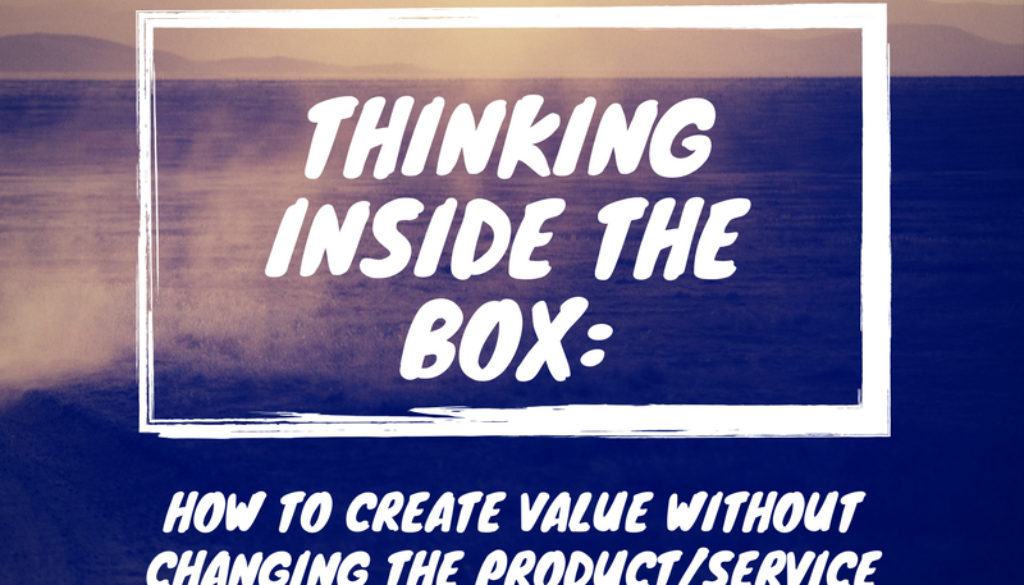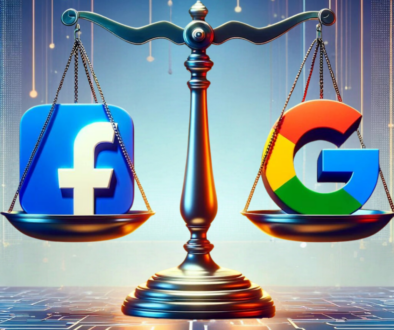THINKING INSIDE THE BOX: HOW TO CREATE VALUE WITHOUT CHANGING THE PRODUCT/SERVICE
Building your company?s reputation and value is vital for increasing awareness and revenue for the company. Many people think of the price of a product or service when value is mentioned; however, this narrow view of value is incomplete. Value is more accurately defined by considering the cost, quality, and utility of a product or service.
What is cost?
Cost consists of more than just price. Cost is comprised of any personal sacrifice made to acquire the product or service. Time commitment needed for acquisition is also a large part of cost. To lower cost, a company must make their offering easy to obtain as well as maintain a low market price.
What is quality?
Quality includes the durability and desirability of the materials used to make a product or the reliability and level of standards of a service. A high quality product must be able to last through regular use and be visually appealing, while a high quality service must rise to the standard expectations of consumers and be consistent in meeting those expectations.
What is utility?
Utility can be defined as the benefits gained from owning a product or using a service. Any ways in which a consumer?s life is made easier or more pleasant contribute to the utility of an offering. An offering has high utility when it quickens or simplifies tasks that the consumer must accomplish and when it allows the consumer to impress others.
How can you identify market opportunities and gain a competitive edge?
The ValCube is a way to plot cost, quality, and utility in a way that allows for the visual assessment of the value of an offering. An offering is ideally low cost, high quality, and high utility; however, trade-offs must be made in some areas to allow for an increase in others. For instance, sometimes it is better to offer a higher quality item with a higher cost, or vice-a-versa depending on the demands of the market and the other offerings available.
Market needs and competitive offerings can also be plotted in the ValCube for comparison. This creates the opportunity to compare an offering with market demands and determine whether there is an untapped area of the market or whether the dimensions of the value of the offering are properly aligned with the interests of consumers. The ValCube can also be used to compare an offering to its competitors and determine ways in which the offering can be made more competitive by adjusting the value-dimensions.
How can the value of an offering be increased without changing it?
A large part of value is perception. In lieu of altering the actual offering, value can be created by altering the ways in which it is presented to consumers. To do this think creatively while also thinking inside the box of the ValCube. People readily link their senses to memories and desires, allowing senses to be used to communicate value. Sights, sounds, tastes, smells, and textures can elicit certain thoughts and feelings. Once an offering?s position in the market is known, use your creativity to create sensory experiences that can add value to the perception of the offering.
For example, you can convey the quality and utility of a product through strong aesthetic appeal, by eliciting feelings in the consumer, and by demonstrating convenience and ease of use. Remember this when determining ways to display the value of an offering. Consider using reminders of high status and power to demonstrate quality and justify the high cost of a product or service.
Centering marketing strategies around the high quality and utility of a product or service is an effective way to create the perception of a high value.
By Madalyn Culwell



